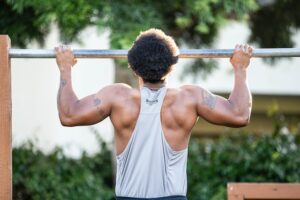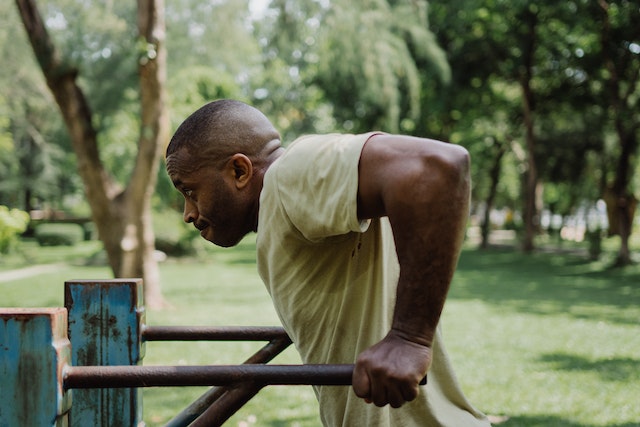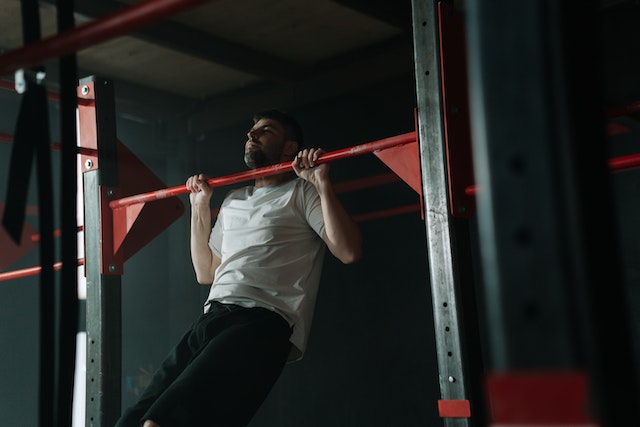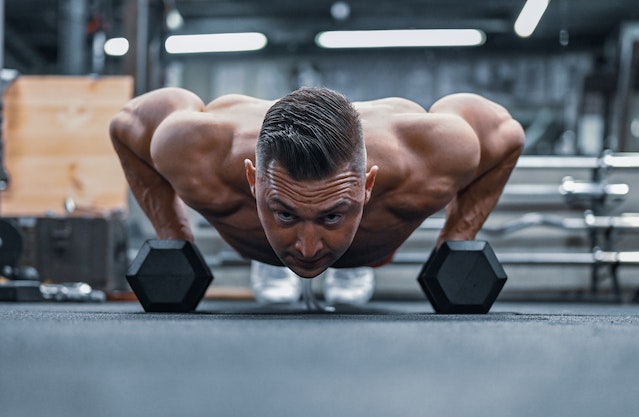Calisthenics has gained a lot of popularity in recent years as a form of strength training that can be performed anywhere, without the need for equipment. Despite its growing popularity, many myths still persist about calisthenics, causing some people to miss out on its benefits. In this article, we will explore five of the most common calisthenics myths and dispel the misconceptions surrounding them. Whether you are a seasoned athlete or just starting out on your fitness journey, it is important to understand the truth about calisthenics so that you can make informed decisions about your training. Read on to learn the facts and get a better understanding of this effective form of exercise.
Calisthenics doesn’t build muscles
The notion that calisthenics does not build muscle is a commonly held belief, however, it is completely false. People believe this due to the fact that calisthenics athletes are not as big as weightlifters that they see in gyms. The truth is, you can build just as much muscle through calisthenics as you can through weightlifting, as both forms of exercise involve resistance training which causes muscle damage and growth. It doesn’t matter what type of workout you do, the process remains the same.
It is true that the average calisthenics athlete may not be as big as the average bodybuilder, but this is because their goals are different. Bodybuilders aim to have maximum muscle mass while calisthenics athletes focus more on overall body control including strength, balance, and coordination, which are harder to achieve if one has too much muscle mass.
In conclusion, it is definitely possible to build muscle through calisthenics, and one can look to gymnasts for proof, who are heavily muscled yet mostly use bodyweight exercises.
Calisthenics is only for short and light people
The final misbelief about calisthenics is that it is not suitable for tall individuals. This is because tall individuals are often heavier, which makes it harder for them to perform exercises like pull-ups where body weight plays a significant role in determining strength. Additionally, taller people might struggle with exercises that require proper leverage, such as the planche and front lever.
However, this perception is incorrect. Basic calisthenics exercises, such as push-ups, pull-ups, and dips, can be perfect for tall individuals. This can be seen in the Netherlands, where the average height is among the tallest in the world and there are many tall and strong calisthenics athletes. Hence, being tall is not a valid excuse for avoiding calisthenics.
Calisthenics is for beginners
People often mistakenly believe that calisthenics is only suitable for beginners in the fitness world. They think that after building a foundation of strength with bodyweight exercises, it is time to move on to weights because the basic exercises like push-ups, pull-ups, and dips will become too easy. This idea that calisthenics has limited exercises and doesn’t offer much more than the basics is not accurate.
In reality, there are countless advanced calisthenics exercises that are definitely not for beginners. For instance, you can progress from regular pull-ups to one-arm pull-ups and from regular push-ups to more challenging moves like the planche or front lever, which can take years to master.
Ultimately, the choice between continuing with calisthenics or switching to weights depends on the individual. Both can be made more challenging, and with weights, it’s easier to do so by simply adding extra weight. With calisthenics, you can increase the difficulty by adjusting the lever.
You cant train your legs with calisthenics
The belief that it is not possible to build strong legs through calisthenics is a common misconception. This is often due to the fact that calisthenics athletes generally have smaller leg muscles compared to weightlifters. Some may think that bodyweight squats and lunges are not effective.
While it may be a bit more challenging, building muscular legs through calisthenics is not impossible. There are a variety of calisthenics leg exercises such as pistol squats that can effectively build strong legs. Additionally, adding a weight vest to your bodyweight leg workout can increase resistance. However, it should be noted that building strong legs through bodyweight exercises may take longer than using weights.
You don’t need rest days
When I first started with calisthenics, I too bought into the misconception that you don’t need as much rest as with weightlifting. I realized that many people share this belief. However, this is completely false. Calisthenics, as bodyweight training, is just as demanding on the muscles as weightlifting, so rest days are just as important for recovery. Once I started taking rest days seriously, I saw a significant improvement in my progress and felt stronger during training sessions.





